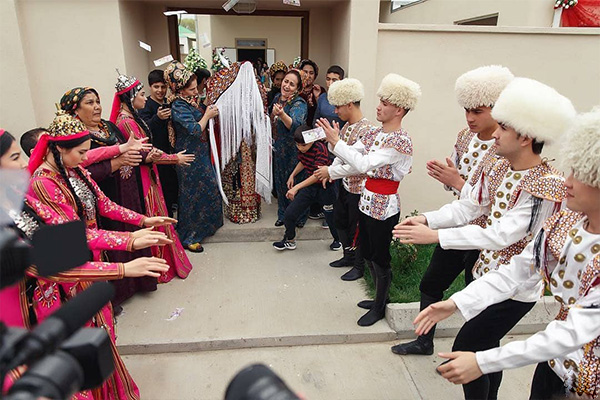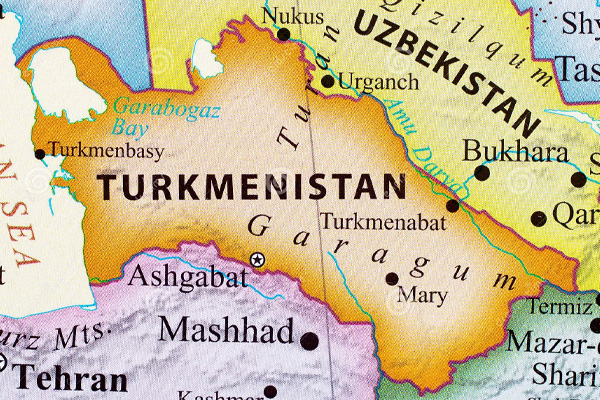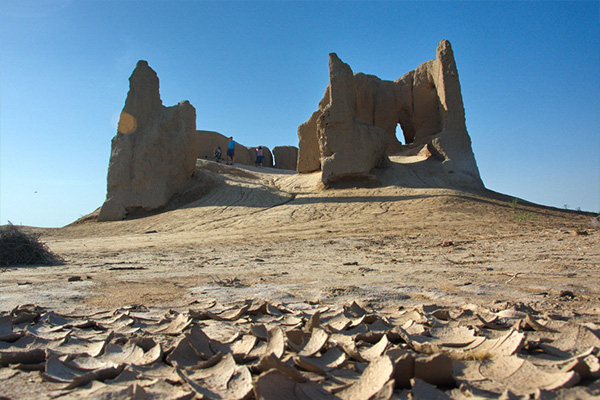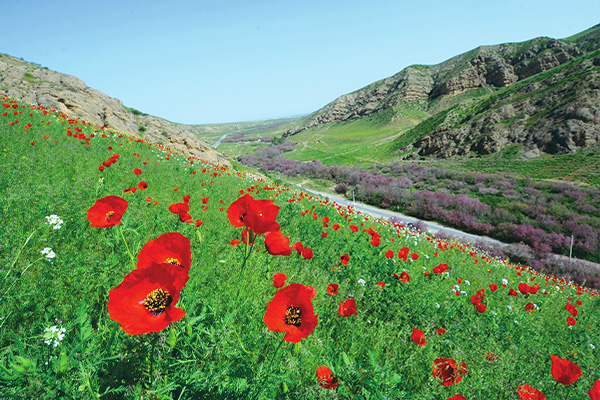
General Information about Turkmenistan
Turkmenistan is the country of deserts and oases, original historical and cultural traditions. The most ancient civilizations of the world were flourishing on its territory. It is one of the richest states with gas and oil reserves. At the same time the history of independence of the country is several years. Modern Turkmenistan proclaimed its special way of development.
Area: 488,1 square kilometers;
Population: about 6 million people;
State language: Turkmen;
Currency unit: manat;

Turkmenistan is located in the southwestern part of Central Asia. It borders on Kazakhstan and Uzbekistan in the North and East, Afghanistan and Iran – in the South. Turkmenistan is washed by the Caspian Sea. Representatives of many nationalities live in Turkmenistan; however, most of the population is Turkmen. Big groups of the Turkmen live in Uzbekistan, Afghanistan and Iran. There are big communities of the Uzbeks (9 %) and Kazakhs (2%). The significant part of the population is Russian and Russian-speaking peoples (about 7%). Armenians, Azerbaijanis, Tatars, Persians, Lezgins, Uigurs, and also Baluchi and Kurds and etc. live here.
History

The ancient culture of Central Asia, including Turkmenistan, is based on religious traditions of Zoroastrianism, Buddhism, Christianity and other cults and worships. From the beginning of the VII — VIII centuries, when the region was conquered by the Arabs, the dominating religion became Islam. The Turkmen, Uzbeks, Tajik, Kazakhs and some other nationalities believing in God, of modern Turkmenistan are Sunni Muslims of Hanafi sense in most. The small part of the local population, origins of Iran are Shia Muslims. Sufism played a big role in the Turkmen society. Sufism (from Arab suf - “coarse wool fabric”, and hair shirt as the attribute of the ascetic) - mystical direction of Muslim faith, which is characterized by a combination of metaphysics with the ascetic practice, doctrine about the gradual approximation of a mystical love for the knowledge of God. Sufism much influenced on literature, folk art and even the political life of local people. In the XX century a big European community in origin was formed here. They are Orthodox Christians, Catholics and Lutherans.
Nature

Three landscapes prevail: desert plains, oases and mountains. The main rivers are the Amu Darya River, the Murghab and the Tejen. The underground lake Kow – Ata (60 meters lower than water) is in the famous Bakharden cave. Its area is 1050 square meters, average depth is 6 meters, and water temperature is +33...+37° С. Deserts take about 80 % of the territory. The largest desert is the Karakum (“black sands”), it stretches 880 km. from the West to the East. In the South and Southwest there are the Kopet Dag mountains (Rize Mountain – till 2942 meters) and northern foothills of the Paropamiz. The climate is sharply continental, very dry, with considerable daily and annual hesitations of temperatures. Winter is warm, summer is sultry. The highest temperature is in July (+32,2° С). The coldest month is January, but in this month the temperature is above zero in the South and the vegetation of the plants is possible. Precipitation – from 70 to 120 mm. per year, in the mountains - up to 350 mm. Flora is mostly desert.



